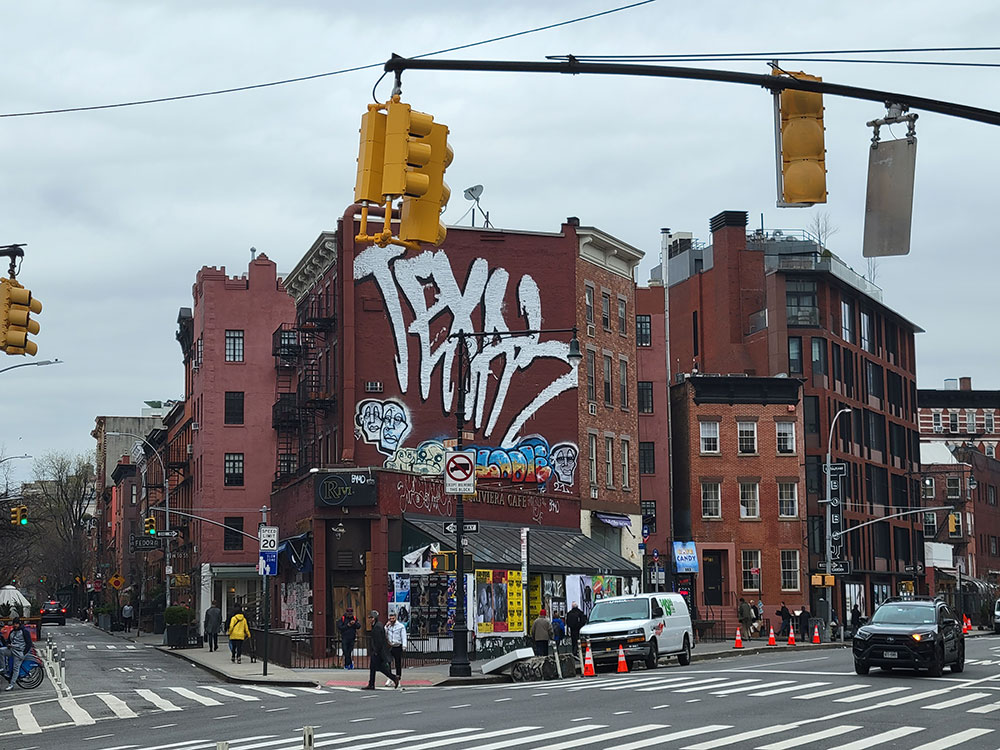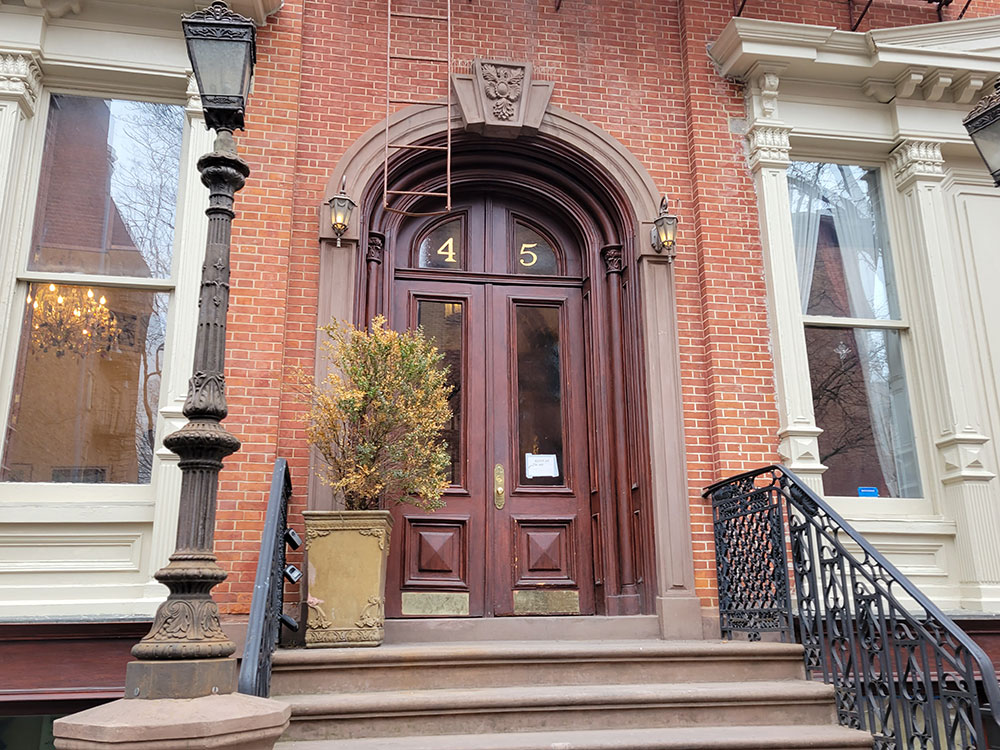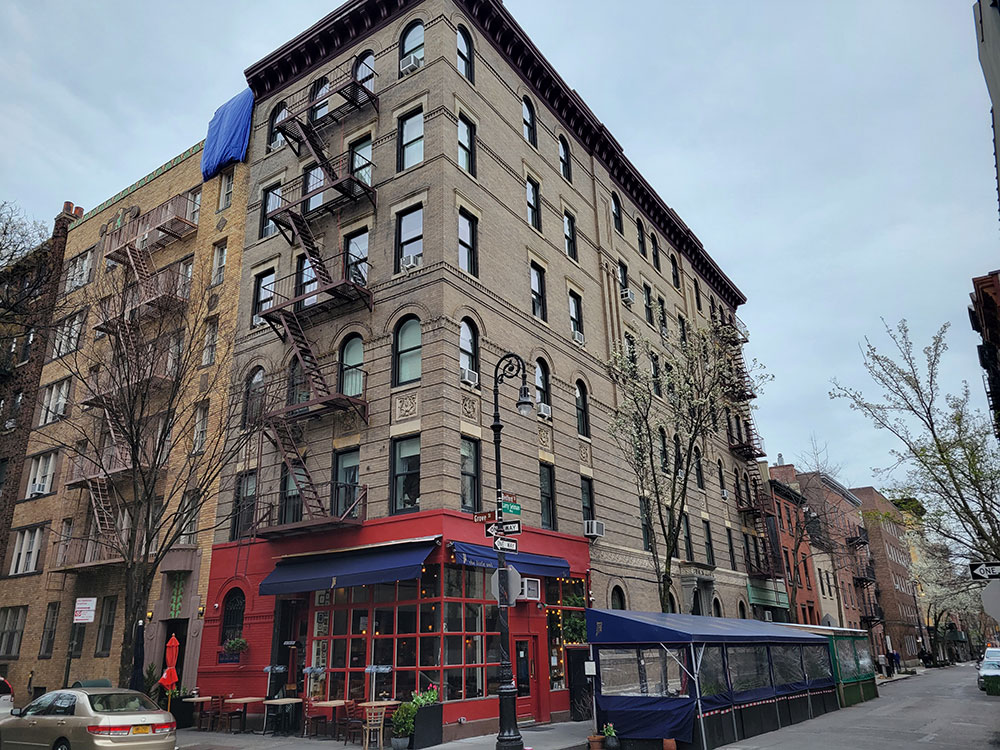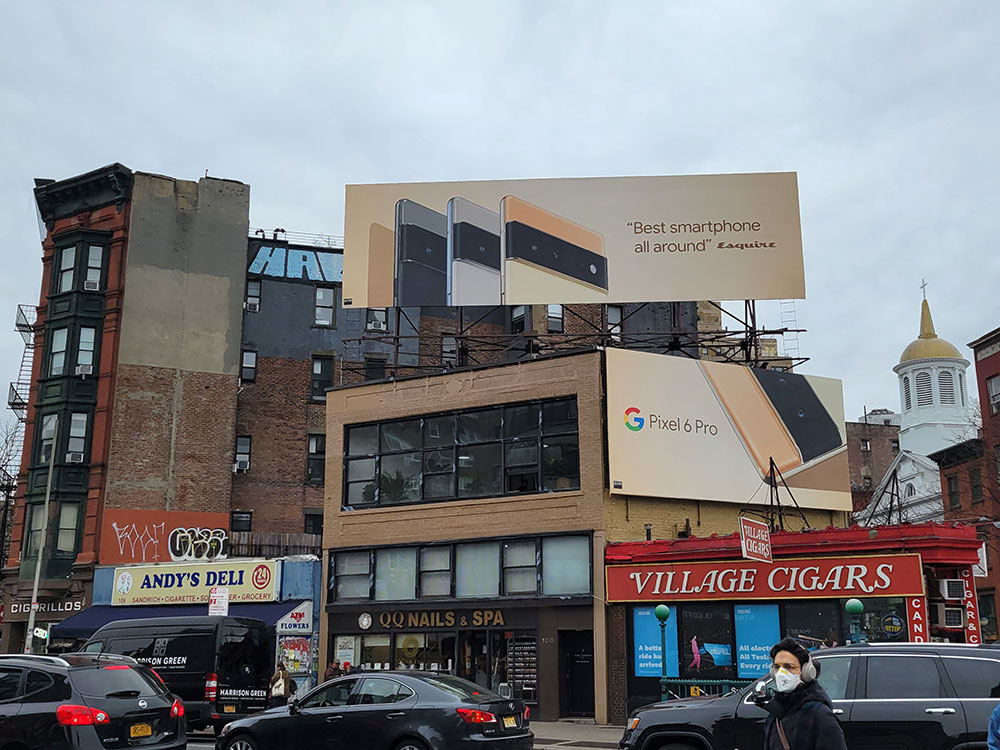Neighborhood on the west side of Lower Manhattan known as an artists' haven, the bohemian capital, the cradle of the modern LGBT movement, and the East Coast birthplace of both the Beat and '60s counterculture movements
General Information
Greenwich Village is a neighborhood on the west side of Lower Manhattan, bounded by 14th Street to the north, Broadway to the east, Houston Street to the south, and the Hudson River to the west. Greenwich Village also contains several subsections, including the West Village west of Seventh Avenue and the Meatpacking District in the northwest corner of Greenwich Village.
Its name comes from Groenwijck, Dutch for "Green District". In the 20th century, Greenwich Village was known as an artists' haven, the bohemian capital, the cradle of the modern LGBT movement, and the East Coast birthplace of both the Beat and '60s counterculture movements. Greenwich Village contains Washington Square Park, as well as two of New York City's private colleges, New York University (NYU) and The New School.
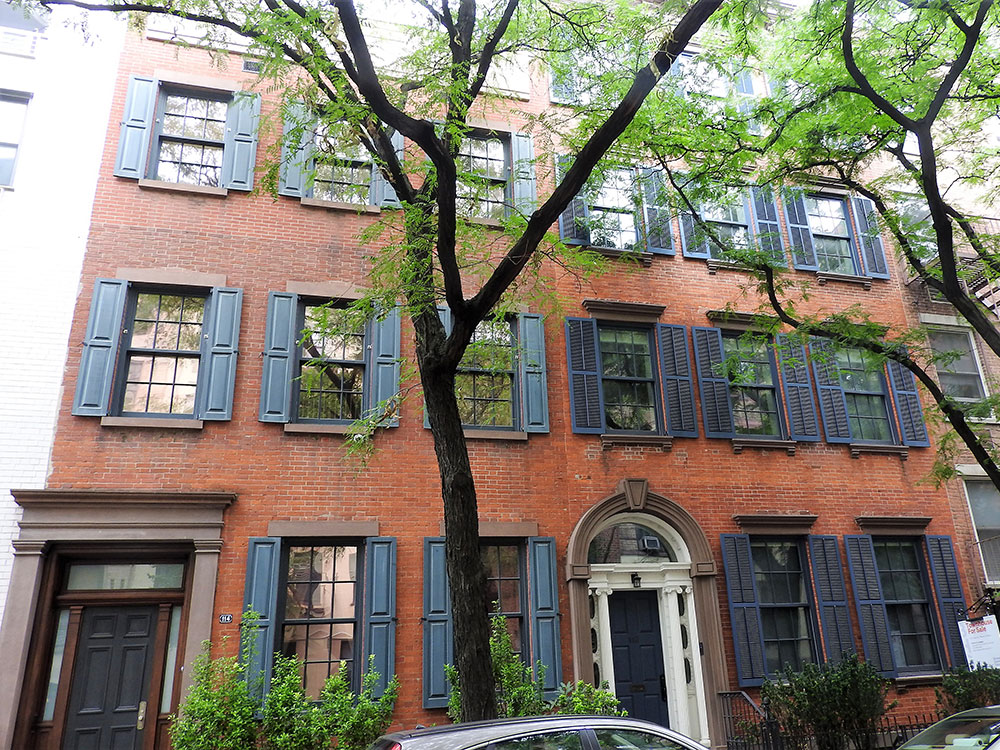 Jim.henderson, CC BY-SA 4.0, via Wikimedia Commons; Image Size Adjusted
Jim.henderson, CC BY-SA 4.0, via Wikimedia Commons; Image Size AdjustedAs Greenwich Village was once a rural, isolated hamlet to the north of the 17th century European settlement on Manhattan Island, its street layout is more organic than the planned grid pattern of the 19th century grid plan (based on the Commissioners' Plan of 1811). Greenwich Village was allowed to keep the 18th century street pattern of what is now called the West Village: areas that were already built up when the plan was implemented, west of what is now Greenwich Avenue and Sixth Avenue, resulted in a neighborhood whose streets are dramatically different, in layout, from the ordered structure of the newer parts of Manhattan.
Many of the neighborhood's streets are narrow and some curve at odd angles. This is generally regarded as adding to both the historic character and charm of the neighborhood. In addition, as the meandering Greenwich Street used to be on the Hudson River shoreline, much of the neighborhood west of Greenwich Street is on landfill, but still follows the older street grid. When Sixth and Seventh Avenues were built in the early 20th century, they were built diagonally to the existing street plan, and many older, smaller streets had to be demolished.

Most of the buildings of Greenwich Village are mid-rise apartments, 19th century row houses, and the occasional one-family walk-up, a sharp contrast to the high-rise landscape in Midtown and Downtown Manhattan.
Greenwich Village historically was known as an important landmark on the map of American bohemian culture in the early and mid-20th century. The neighborhood was known for its colorful, artistic residents and the alternative culture they propagated. Due in part to the progressive attitudes of many of its residents, the Village was a focal point of new movements and ideas, whether political, artistic, or cultural. This tradition as an enclave of avant-garde and alternative culture was established during the 19th century and continued into the 20th century, when small presses, art galleries, and experimental theater thrived. In 1969, enraged members of the gay community, in search for equality, started the Stonewall riots. The Stonewall Inn was later recognized as a National Historic Landmark for having been the location where the gay rights movement originated.
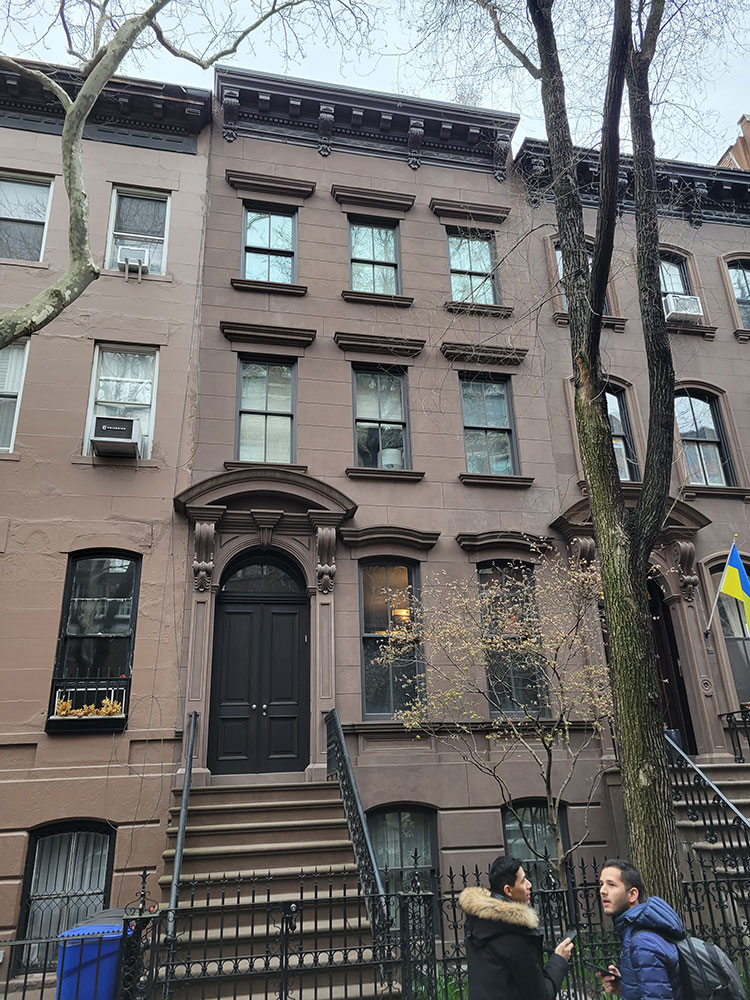
The historic Washington Square Park is the center and heart of the neighborhood. Additionally, the Village has several other, smaller parks: Christopher, Father Fagan, Little Red Square, Minetta Triangle, Petrosino Square, and Time Landscape. There are also city playgrounds, including DeSalvio Playground, Minetta, Thompson Street, Bleecker Street, Downing Street, Mercer Street, Cpl. John A. Seravelli, and William Passannante Ballfield. One of the most famous courts, is "The Cage", officially known as the West Fourth Street Courts. Sitting atop the West 4th St-Washington Square subway station at Sixth Avenue, the courts are used by basketball and American handball players from across the city. The Cage has become one of the most important tournament sites for the citywide "Streetball" amateur basketball tournament. Since 1975, New York University's art collection has been housed at the Grey Art Gallery bordering Washington Square Park, at 100 Washington Square East. The Grey Art Gallery is notable for its museum-quality exhibitions of contemporary art.
This article uses material from the Wikipedia article "Greenwich Village", which is released under the Creative Commons Attribution-Share-Alike License 3.0
Featured Locations
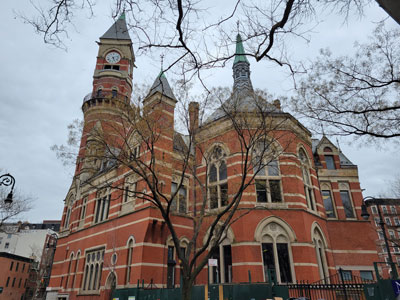
Jeff P from Berkeley, CA, USA, CC BY 2.0, via Wikimedia Commons; Image Size Adjusted
Greenwich Village Pics
